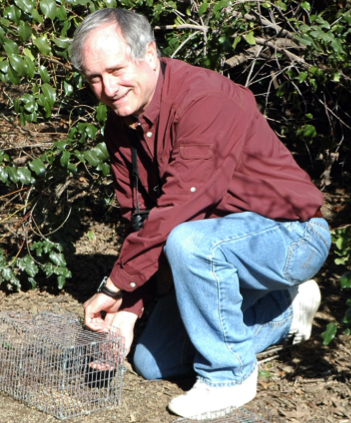Our project extends beyond changes in vegetation, and considers the cascade of changes that is triggered when Arctic vegetation and seasonality are altered. As highlighted by the Arctic Climate Impact Assessment (ACIA), in contrast to plants, the response of animal populations to simulated or current climate changes has been drastically understudied in the Alaskan interior and much of the Arctic. We were funded by the US National Science Foundation’s Office of Polar Programs (NSF-OPP) for five years (2010-2014), to study the effects that warming-induced increases in shrub abundance and changing seasonality have on migratory songbirds in Alaskan Arctic tundra. We are working to identify and characterize the interactions between shrub dominance and weather to determine how these affect food and shelter availability for migratory songbirds. We are taking a mechanistic approach to determining how the reproductive success of populations of two songbirds species responds to variation in both shrub dominance and timing of spring snowmelt, and, measure how these variations affect composition and size of the entire songbird community. A secondary goal is to develop techniques for monitoring bird community attributes via bio-acoustic recordings for conducting automated bird community censuses.
This project is funded is through a National Science Foundation OPP-ANS grant. It is included with the CSAS projects because it has a strong seasonality focus and is closely aligned with this group of funded projects.
Project Location
Dates
-Members
Principal Investigator

Principal Investigator

Principal Investigator

